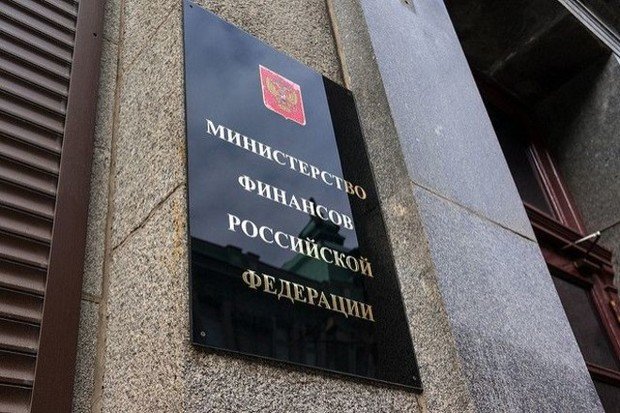Fitch reminds about the price of Otkritie and B&N Bank bail-out
And points at the violation of regulatory requirements by a number of banks
The international agency Fitch Ratings has published a review of Russian banking sector. In the review it reminds that the bail-out of B&N Bank and FC Otkritie turned into a loss for the entire system and writes that the coverage of bad assets of these banks with money has possibly not finished. Besides, Fitch points at the violation of regulatory requirements by a number of banks, which in the absence of improvement can lead to an intervention of the Central Bank of Russia. Read the details in the material of Realnoe Vremya.
There is no safety in numbers
The main event of September Fitch calls the reorganization of B&N Bank through the Banking Sector Consolidation Fund — with the exception of this, the situation remained generally stable, according to the review of the agency. However, the decisions of the Central Bank of Russia concerning B&N Bank as well as the bank FC Otkritie (where the temporary administration was appointed on 29 August) indirectly affected the whole market.
Coming to Otkritie and B&N Bank, the new administrations began to create reserves for problematic assets, which led to a net loss of $429 billion rubles for two banks. The negative result of the two banks reduced the profit of the whole sector by about a third in the first 9 months of 2017. Fitch states that the reserves generated by B&N Bank and Otkritie are probably not final.
Most likely, the amount that is required for B&N Bank and Otkritie bail-out will increase again. At the same time, they want to believe that most part of the reserves 'for their non-performing loans' has already been formed, says senior analyst at Veles Capital Yury Kravchenko. The situation with these banks, apparently, will not have further strong pressure on financial result of the entire system, he believes.

In September, the entire banking sector showed a loss at 356 billion rubles. However, with the deduction of B&N Bank and Otkritie losses, there was a net profit, which amounted to 'moderate 73 billion rubles'. However, Fitch notes that 86% of the total profit (more than 62 billion rubles) was received by Sberbank.
Among specialized retail banks, the highest profitability from the beginning of the year belonged to Tinkoff Bank — 7% of the capital monthly. The profit of the banks Home Credit, Rencredit and OTP Bank was at the level of 1-3%, and Russian Standard Bank remained at the level of break-even. Major loss in the amount of 15 billion rubles belonged to the bank Rossiysky Capital, but it has been fully offset by a contribution from Deposit Insurance Agency, the agency reports.
Fewer clients, more government
During September the market was skewed in funding base: the sector received more money from the state on the background of client funds outflow, which amounted to 195 billion rubles. Most of all, according to Fitch, the outflow affected Sberbank, Otkritie, B&N Bank and Alfa-Bank.
According to Kravchenko, the outflow of client funds is connected with nervousness and lower interest rates on deposits, in the result of which it has become not so profitable to keep money in banks. Now, no private bank is immune from distrust of customers, the expert says. As for the rates, some banks overreached with their decline, he continues. In some cases, the rates have fallen almost to the level of the target of the Central Bank's inflation — 4%.
The state funding of the sector increased by 276 billion mainly due to payments of the Central Bank to the budget system and borrowings from the Ministry of Finance of the Russian Federation.

Fitch threatens with ''regulatory intervention''
Fitch also indicates that banks differ in funding sources and as a result have different ability to generate liquidity. Liquidity in the sector is although generally good but unevenly distributed, the analysts of the agency claim.
If Sberbank and a number of major organizations have it in excess, then some banks still depend on expensive state funding. For example, it is Gazprombank and Russian Agricultural Bank (RusAg), although they have acceptable liquidity cushions. Some smaller banks have a low supply of liquidity, including Moscow Industrial Bank, stated in the review.
Finally, Fitch notes that four organizations did not comply with the requirements in the part of buffers to capital ratios. It is Almazergienbank, UBRiR, Moscow Industrial Bank and Asian-Pacific Bank. This may lead to limitations on dividend payments, but would not represent grounds for a license withdrawal, the authors of the review specify.
Uraltransbank from Yekaterinburg violated the requirements in relation not only allowances, but also fixed capital. As Fitch understands it, Asian-Pacific Bank and Uraltransbank agreed with the Central Bank the plans on financial recovery to restore their capitalization. At the same time, certain steps of the plan should have been implemented over the next few months, at the same time failing to achieve the plan's objectives may lead to an intervention of the regulator, said in the review.